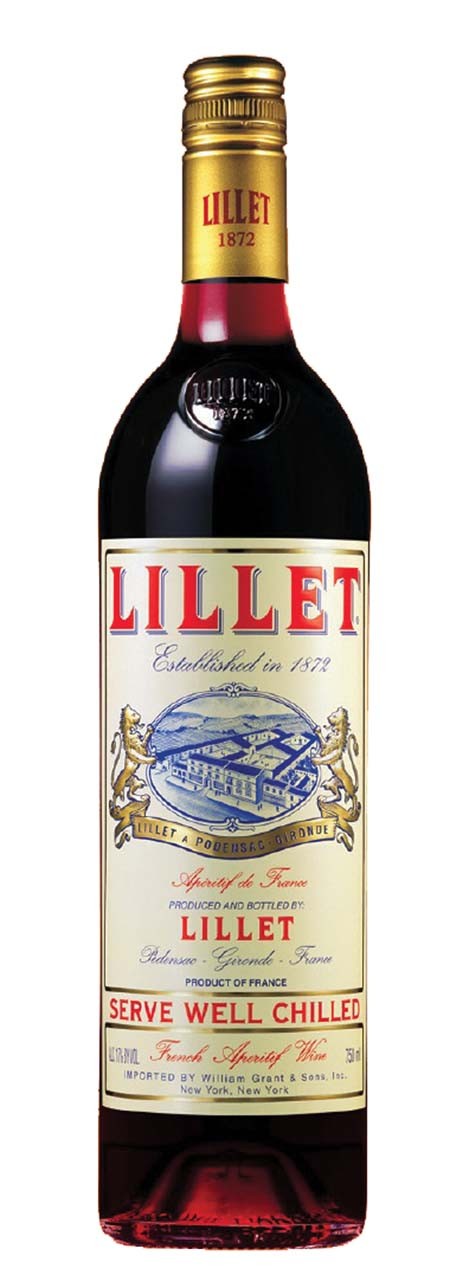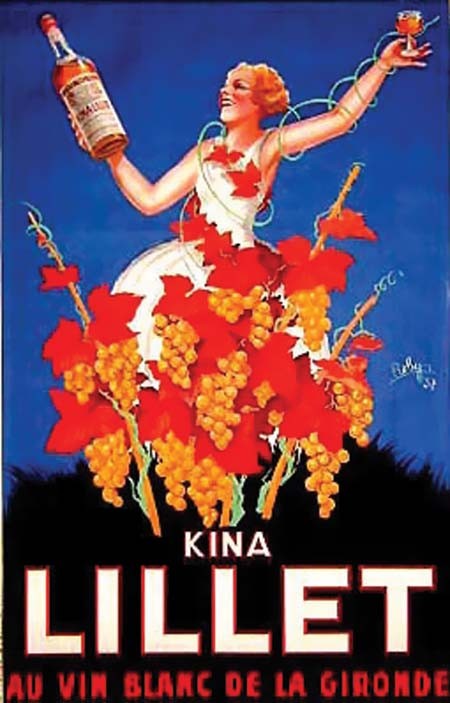

It has also been found that moderate drinkers tend to lead healthier lifestyles in general. Perhaps a key aspect in all of this is not just what they drink, but when. Just as Europe has taught us to have a glass or two of wine with dinner, its time-honored tradition of the aperitif has benefits as well.
An aperitif is usually light and dry, with just enough alcohol to make you take notice. However, the beautiful thing about an aperitif is mostly about when it is served. The term aperitif comes from the Latin word aperire, translated as “to open.” And, an aperitif does just that— being served before the meal, it opens the dining experience.
An aperitif sparks our senses, calms us and readies us to eat. Think about it: You’ve just had a grueling day yet are comforted by the fact that soon you will be sitting down to a relaxing dinner. But sometimes the relaxation part doesn’t even kick in until half your meal has been eaten and not fully enjoyed. Enjoying an aperitif beforehand will relax you and whet your appetite in a civilized way that leads not just to a tasty dining experience, but also to better diet decisions and digestion.
The most basic aperitif would be a glass of dry white or sparkling wine. Choose wines that are light and have a good level of acidity, which will pique your appetite. A Champagne cocktail can be fun, with a sugar cube doused in bitters and topped off with Champagne or other dry sparkling wine. A kir (white wine with cr%uFFFDme de cassis) or kir royale (the same, but with Champagne/sparkling wine) are classics, as is the famous bellini, made from Italian sparkling wine (Prosecco) and white peach puree/nectar. Using Spanish cava as your sparkler will help the pocketbook.


These are all tried-andtrue classics.
Even though the surge in creative mixology over the past few years can make you run screaming back to scotch-and-soda, on the subject of the aperitif, it can be a good thing. Asking for recommendations at your favorite dining establishments can lead you to more creative endeavors at home.
Before the meal, sipping anything that is tasty, light, dry and sense-provoking will put you in the proper mindset and give you a healthier approach to dining. Just as we have made wine a part of our evening meal, so we should the aperitif. We all love good food. We owe it to ourselves, and those preparing the meal, to get ready to dine—and an aperitif will do just that.
Gus Magann is a partner at Vine Lore, Inc., a Utah wine brokerage. He does not represent Campari, Lillet or Dubonnet.